

Stern of the HMHS Britannic

The SS Europa in a storm. Photographed from her sister ship SS Bremen.

SS Canberra on the stocks, 1960.
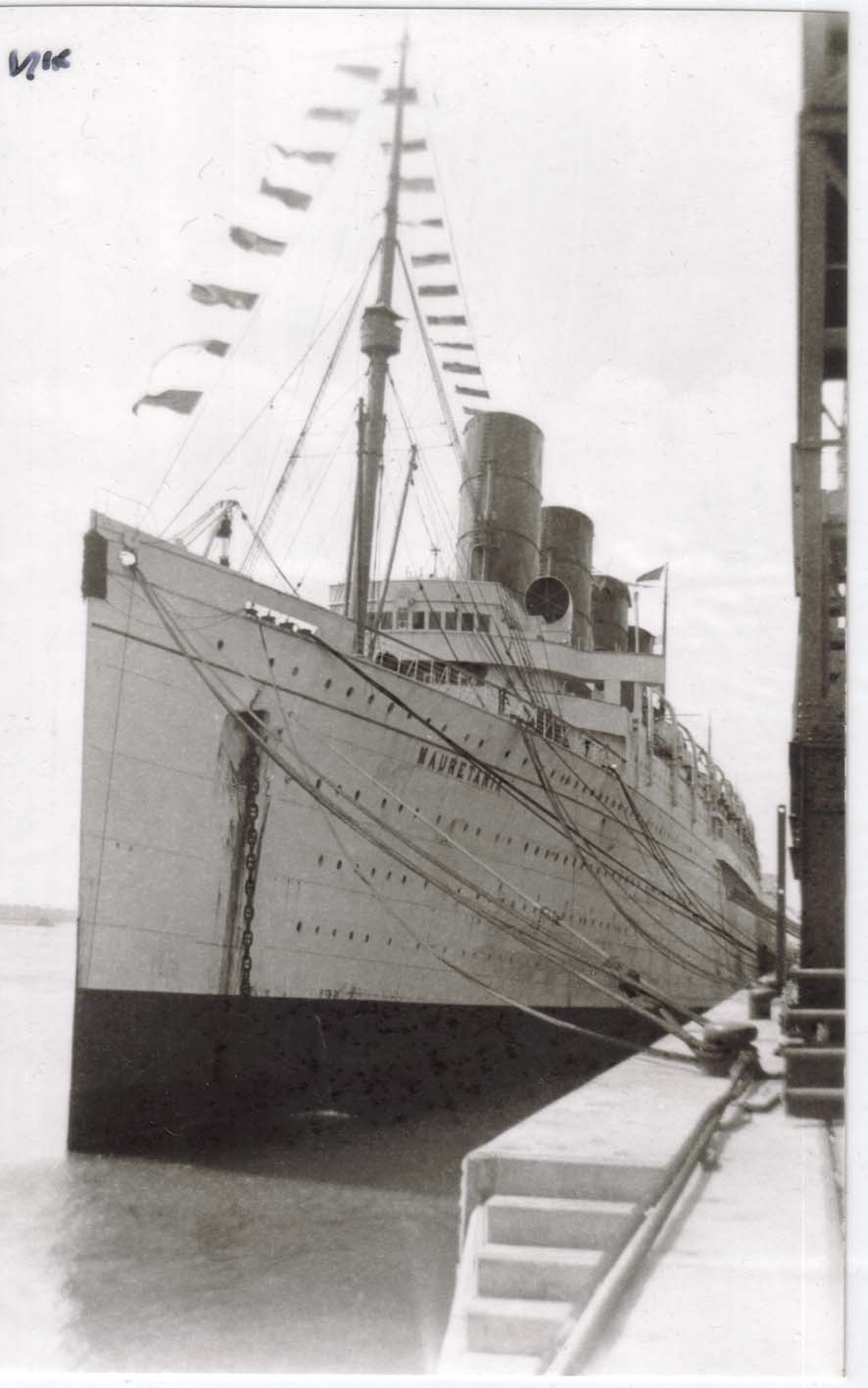
Mauretania, 1930s.

SS Adriatic (1907), White Star Line

Olympic leaving Southhampton

RMS Olympic
Olympic was an Edwardian Era ocean liner, known best for her relation to fated RMS Titanic. She served from 1911 till 1935 where she was lastly scrapped on the Tyne.

RMS Olympic as Troop Transporter 2810 in the Great War

The propellers of the RMS Olympic, sister ship of the wold (in)famous RMS Titanic.
Notice how the mid propeller has four blades, as this ones was powered by the ship’s steam turbine, while the other two by her reciprocating engines.

Colourised black-and-white photograph of the RMS Olympic and RMS Titanic at Harland and Wolff, Belfast, sometime in early 1912

Титаник и Олимпик в доке.
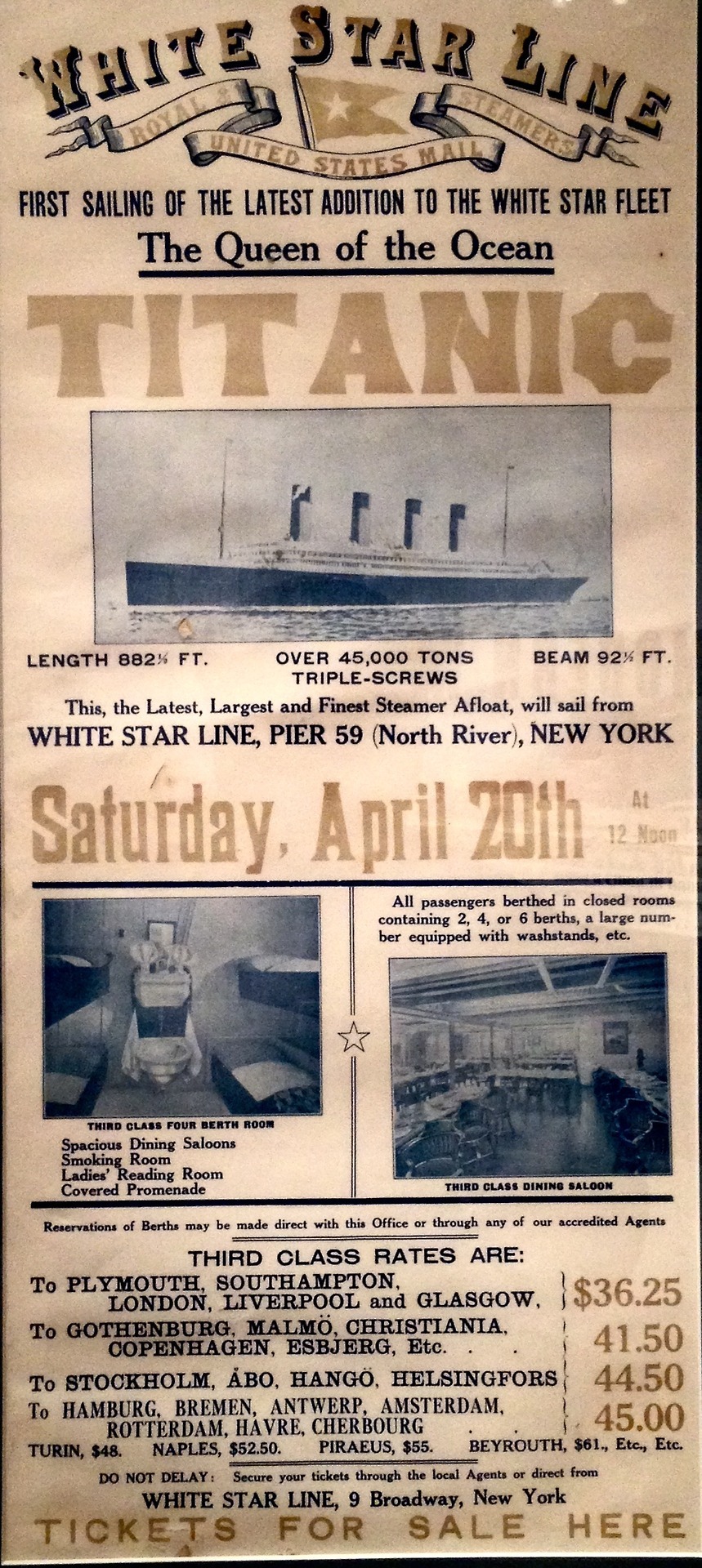
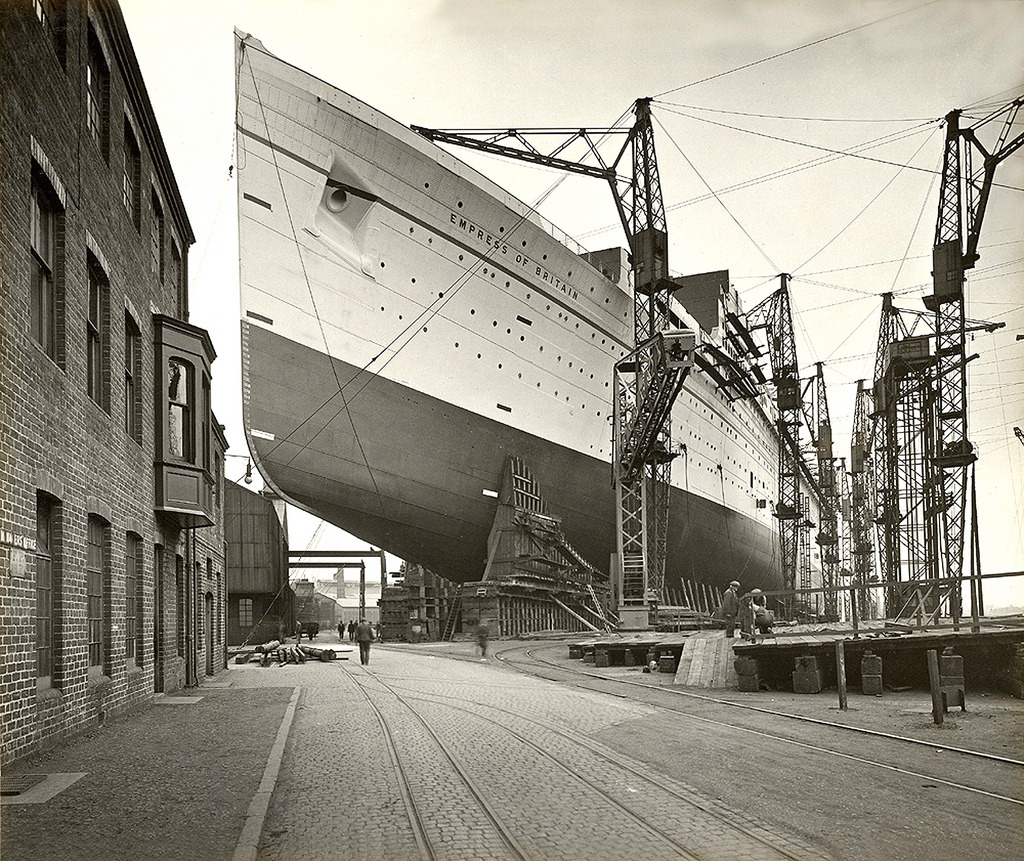
Empress of Britain under construction
The RMS Empress of Britain was an ocean liner built between 1928 and 1931 by John Brown shipyard in Glasgow and owned by Canadian Pacific Steamship Company, providing trans-Atlantic passenger service between Canada and Europe from 1931 until 1939.
She was torpedoed on 28 October 1940 by U-32 and sank. She was the largest liner lost during the Second World War and the largest ship sunk by a U-boat.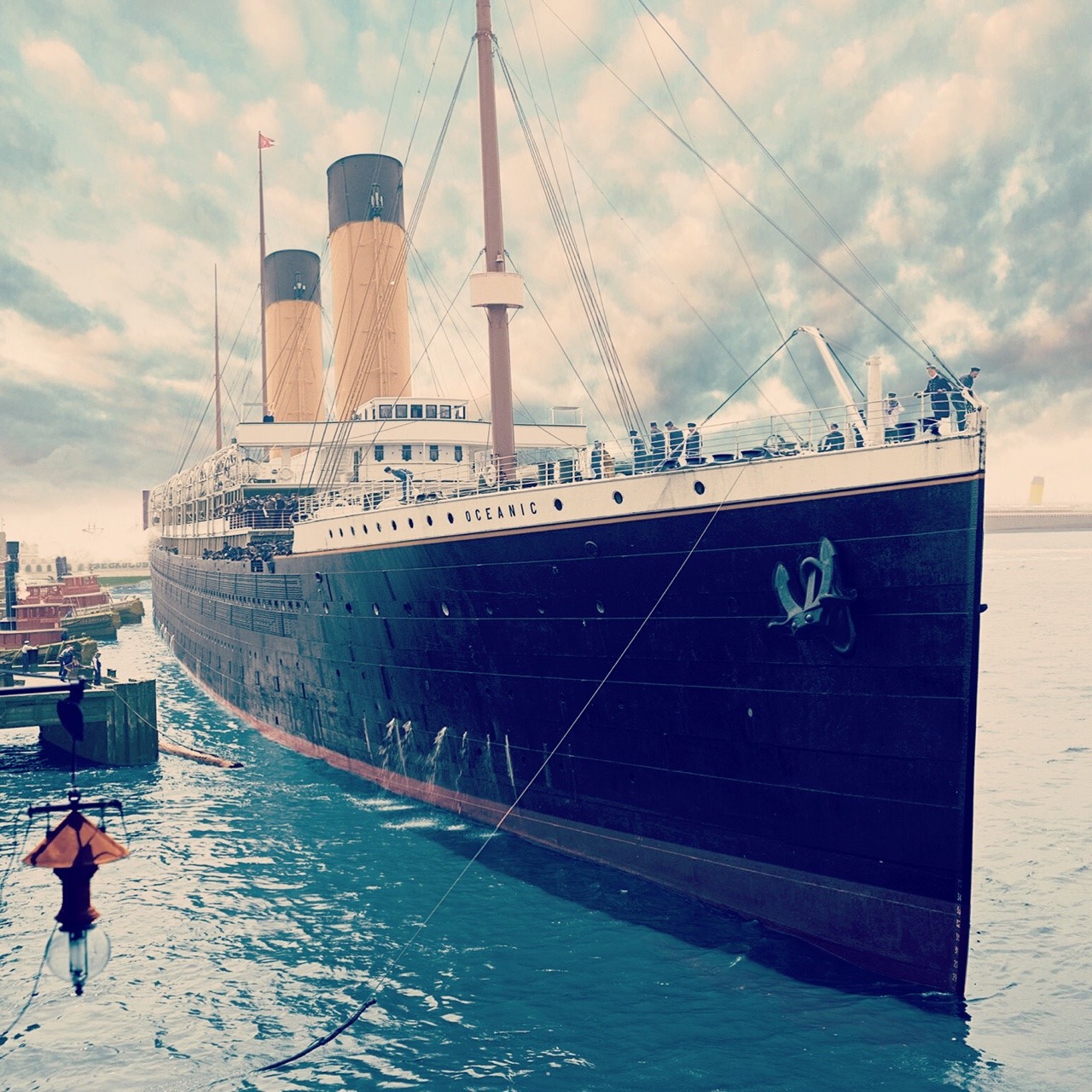
Oceanic (1899)
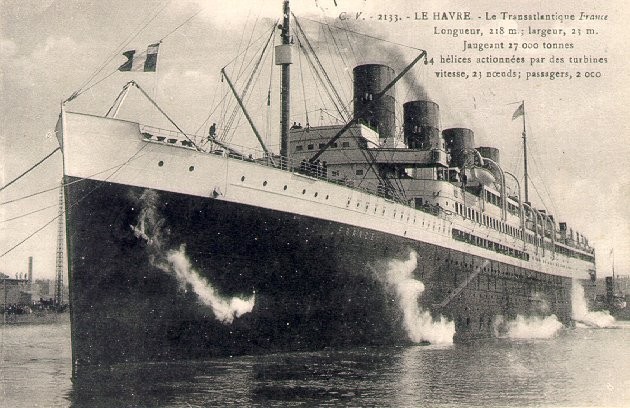
Postcard of the SS France, 1912.
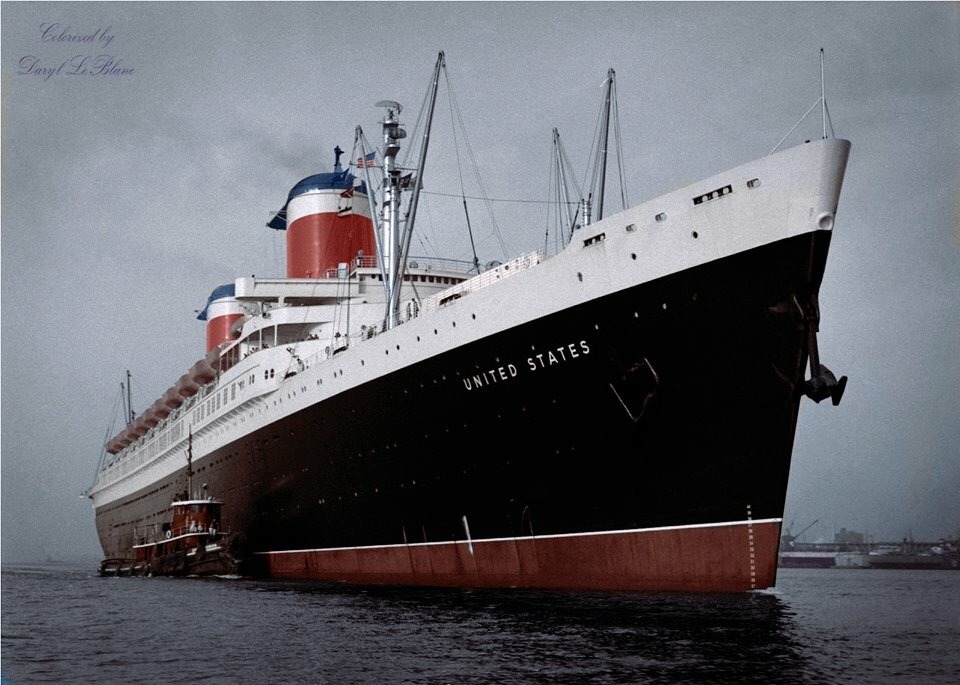
SS United States
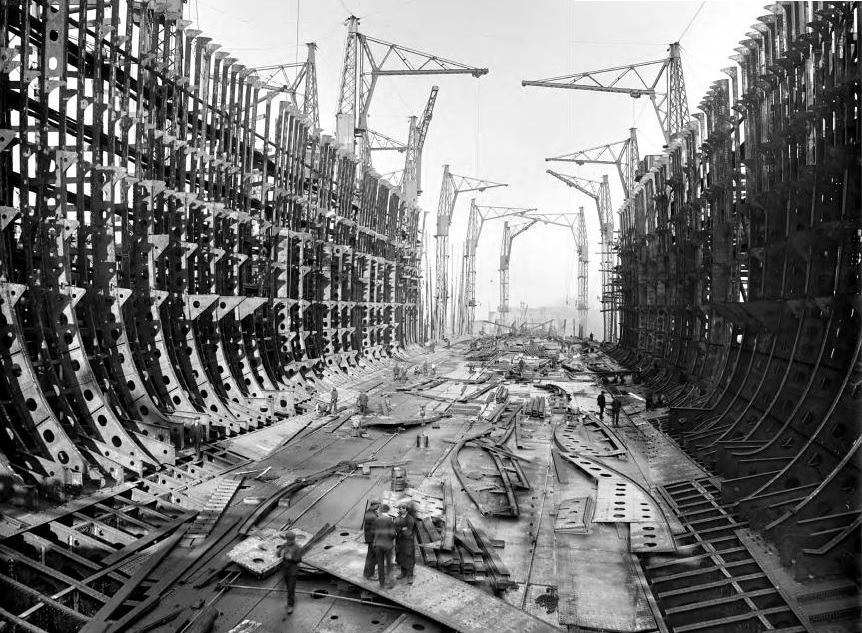
Ocean liner RMS Aquitania under construction, 1911.

Mauritania in camouflage paint .WW I
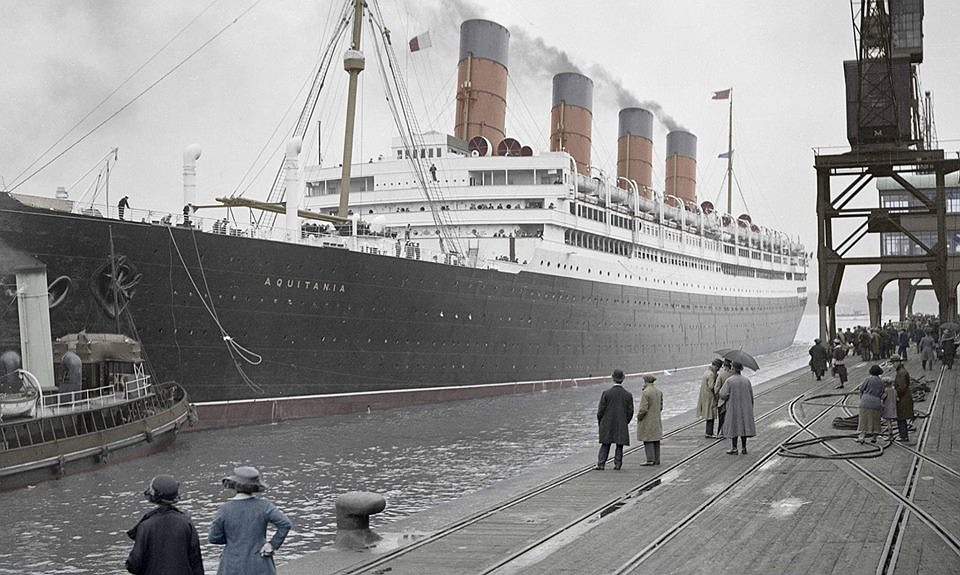
The original legend: Aquitania at Ocean Terminal in Southampton

Augusta Victoria, placed in service in 1889 and named for Empress Augusta Victoria, wife of German Emperor Wilhelm II, was the name ship of the Augusta Victoria series and the first of a new generation of luxury Hamburg America Line ocean liners. She was the first European liner with twin propellers and when first placed in service, the fastest liner in the Atlantic trade. She was also the first luxury liner at Hamburg America, introducing the concept of the “floating hotel”; she had a rococo stairhall, illuminated by a milky way of pear-shaped prisms and naked light bulbs clutched by gilded cherubs, a reception court choked by palm trees and a dark and gothic smoking room. In 1897 she was rebuilt and lengthened and in 1904 she was sold to the Imperial Russian Navy, which renamed her Kuban.
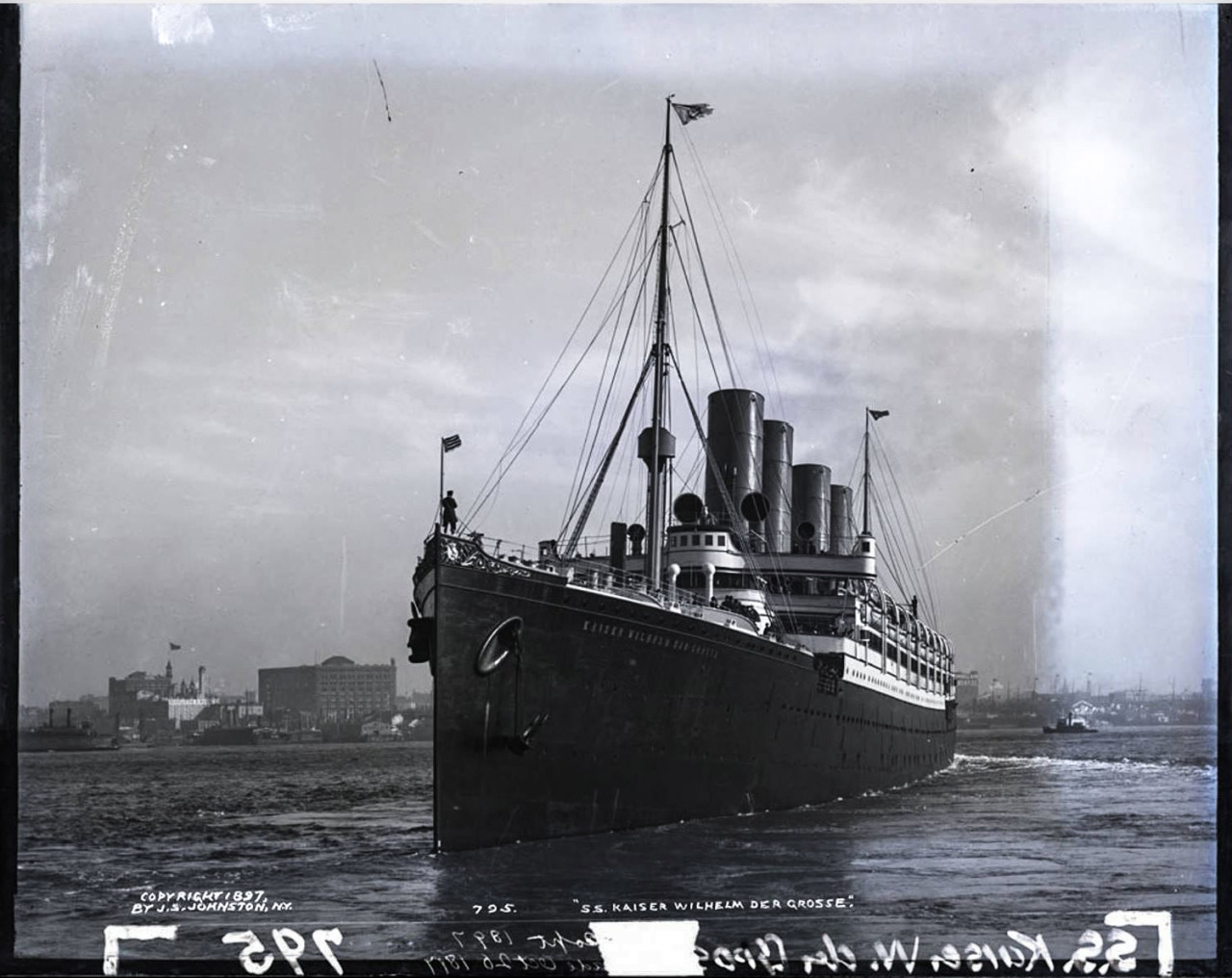
New York. SS Kaiser Wilhelm Der Grosse of the North German Lloyd Line, 1897.
The First of the four funnel ocean liners, The KWDG won the Blue Riband for fastest transatlantic crossing in 1898 and held it for two years, with a time of 5 days and 20 hours.


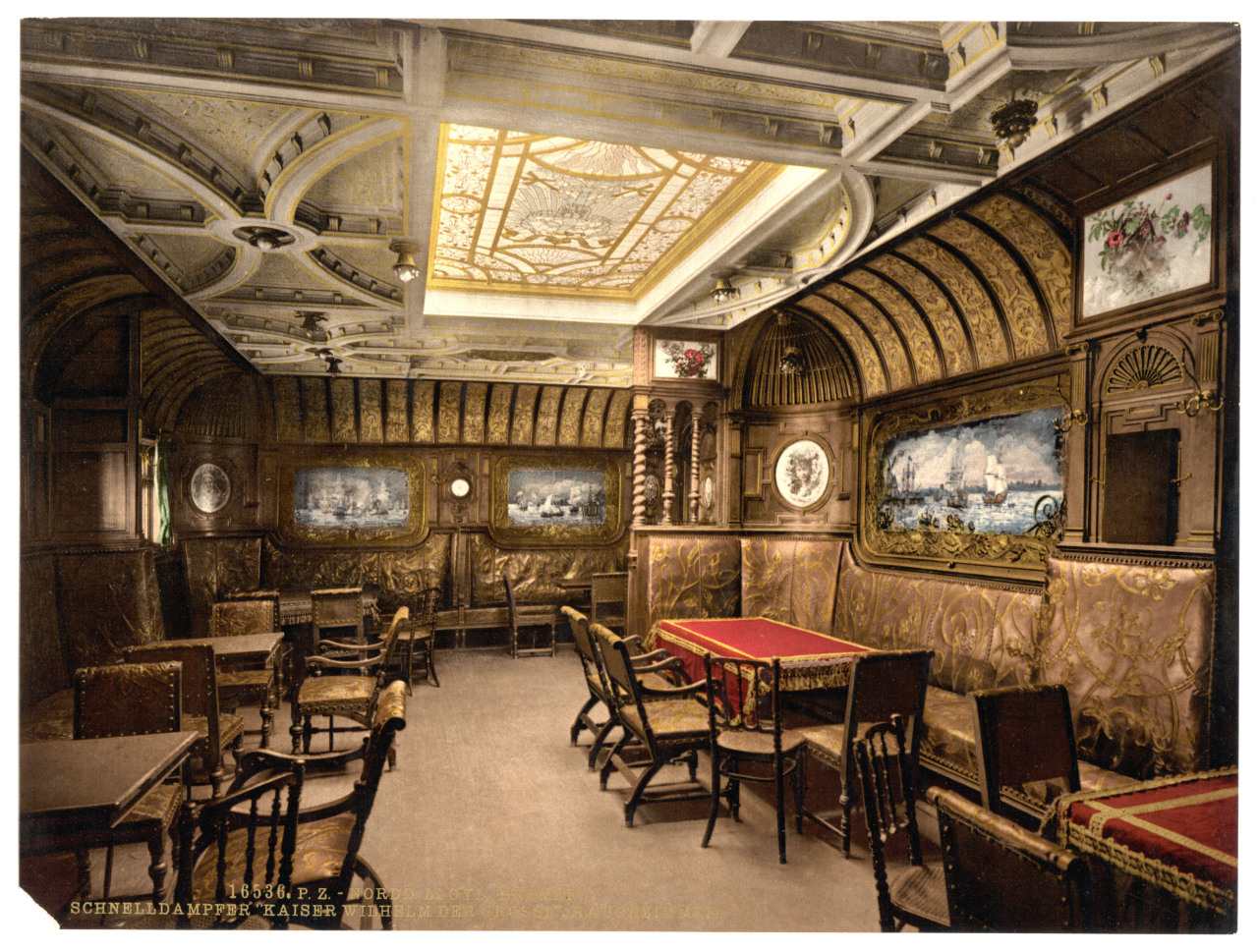

The SS Normandie in 1940 docked in New York harbor

February 9, 1917 - Henry Ford Offers to Produce War Material at No Interest for American Government
Pictured - A photograph of the “Peace Ship” ocean liner sponsored by Henry Ford (inset right) in 1915. The liner carried an amateur peace mission to Europe, including Mr. Ford.
America’s foremost peace advocate in 1917 was the industrialist Henry Ford, producer of the Model T. A strong isolationist who refused to finance or produce for any foreign military, Ford wrote in his autobiography that “I have never been able to discover any honourable [sic] reason for the beginning of the World War. It seems to have grown out of a very complicated situation created largely by those who thought they could profit by war.” He went so far as to finance his own “Peace Ship” full of amateur diplomats to go to Europe and meet with leaders of the warring powers. This won him few friends among American financiers, who mocked him and his mission.
In February 1917, however, when American ships were sunk by German submarines, Ford expressed his willingness to produce goods for the American military for no profit. “Ford offers his fortune to U.S. without interest,” read the Buffalo News. During the war the Ford company made cars, trucks, boats, cannons, and researched new armor technologies. After World War One, Ford returned to his isolationist view, tempered increasingly with anti-Semitism and admiration for the Nazis as another world war drew closer.
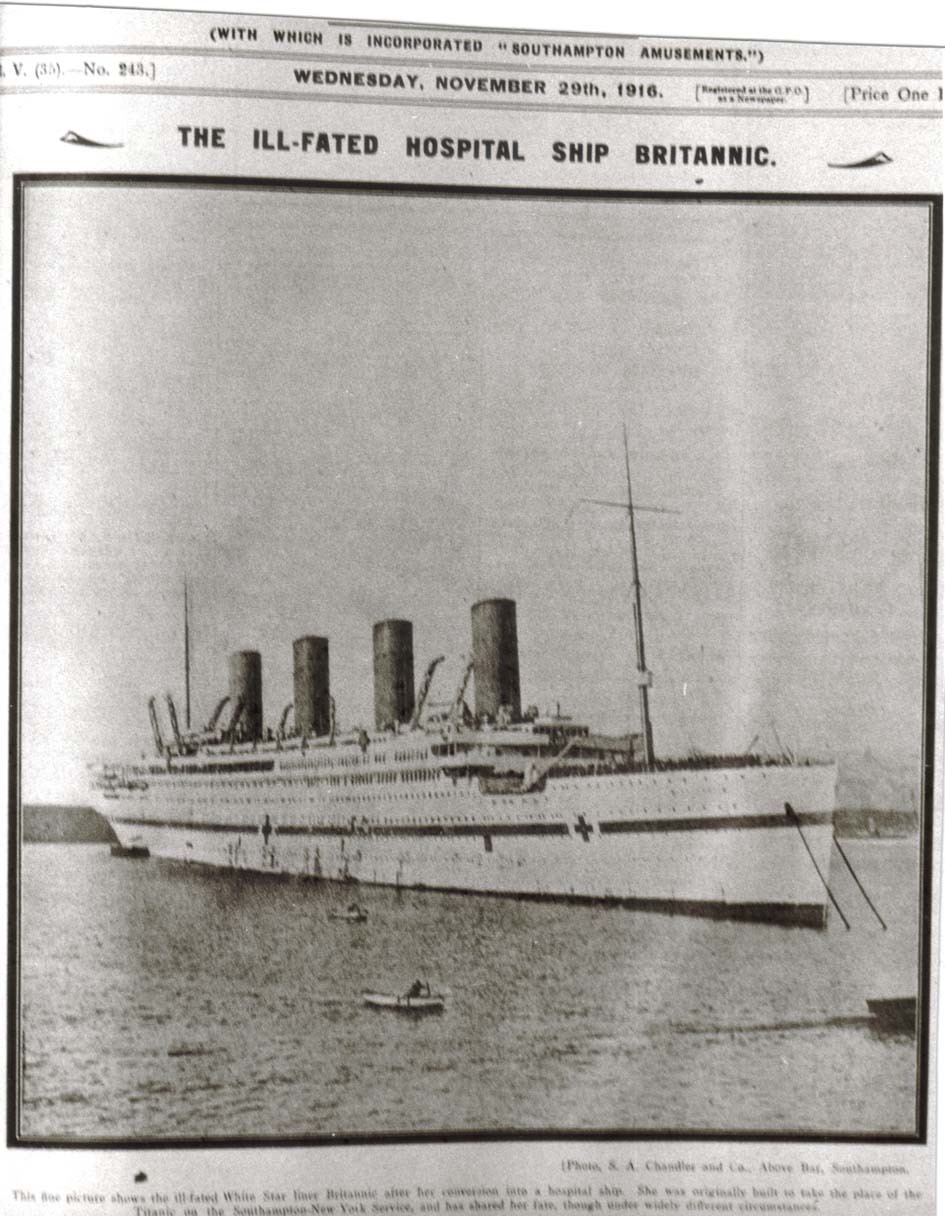
SS Britannic from the local Southampton newspaper 1916.
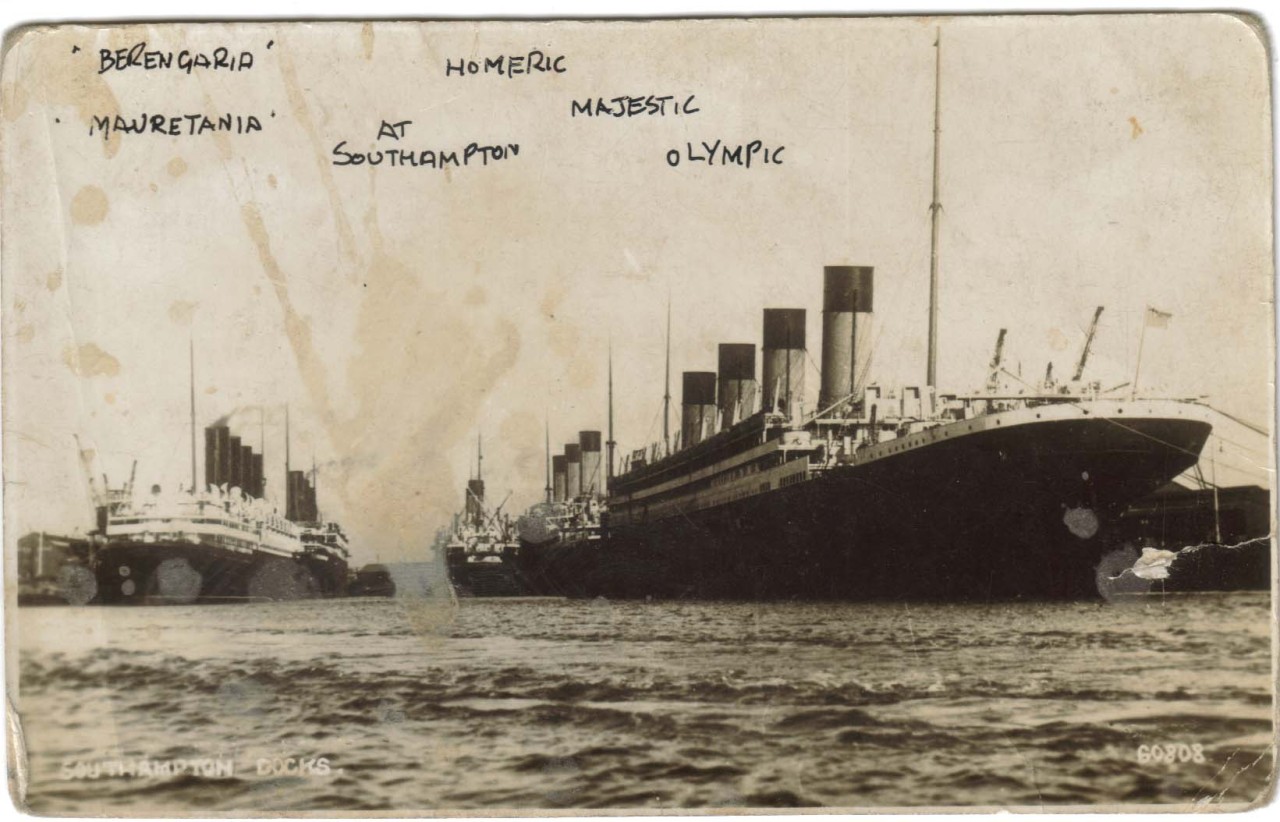
Ships in Southampton, 1920s postcard.
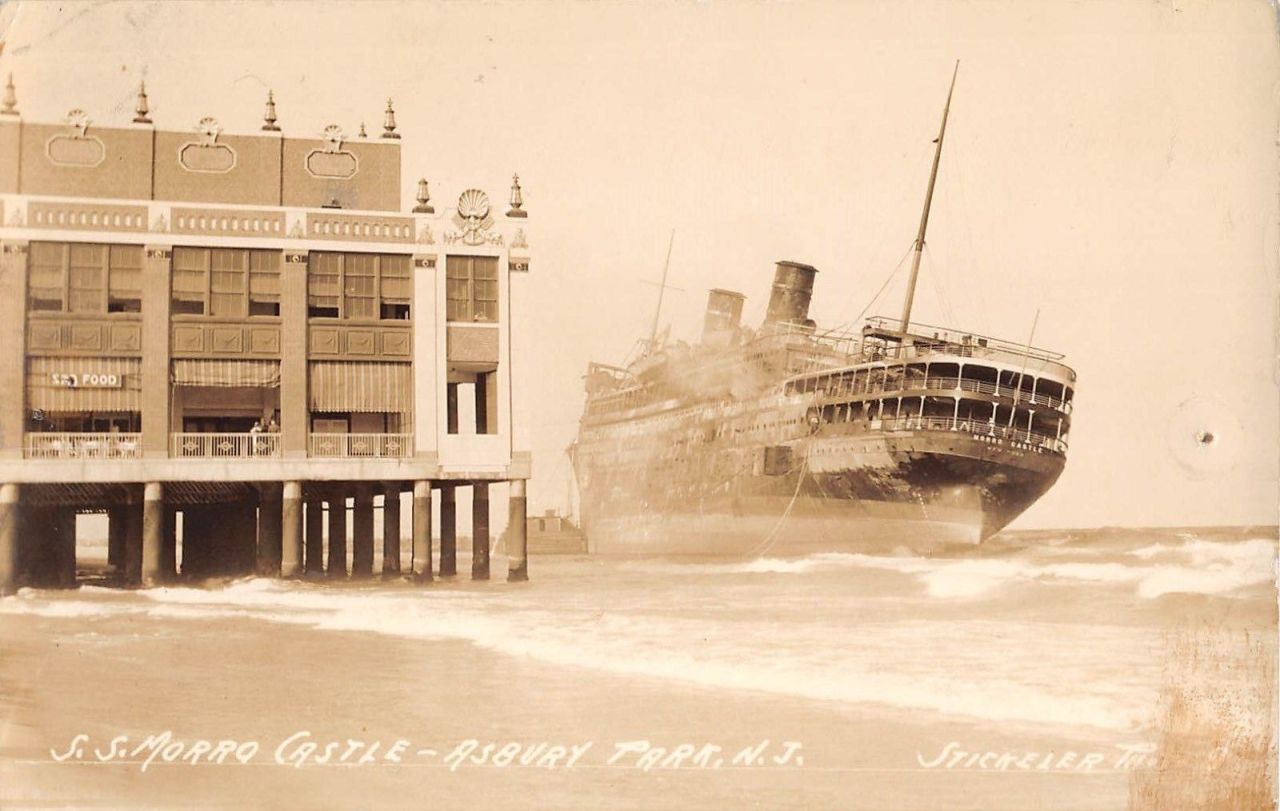
S.S. Morro Castle Shipwreck - Asbury Park, N.J. 1934 Postcard





2024
Подробнее
Возврат
Подробнее
Возврат
Подробнее
БОИ ЗА БАСТОНЬ ГЛАЗАМИ НЕМЦЕВ
Подробнее
За что командир советской подлодки "Щ-408" получил орден Британской империи
Подробнее
За что командир советской подлодки "Щ-408" получил орден Британской империи
Подробнее
Германо-советский договор о дружбе и границе между СССР и Германией
Подробнее
Германо-советский договор о дружбе и границе между СССР и Германией
Подробнее
О пророчествах весны 1941-го.
Подробнее
Подборка
Подробнее